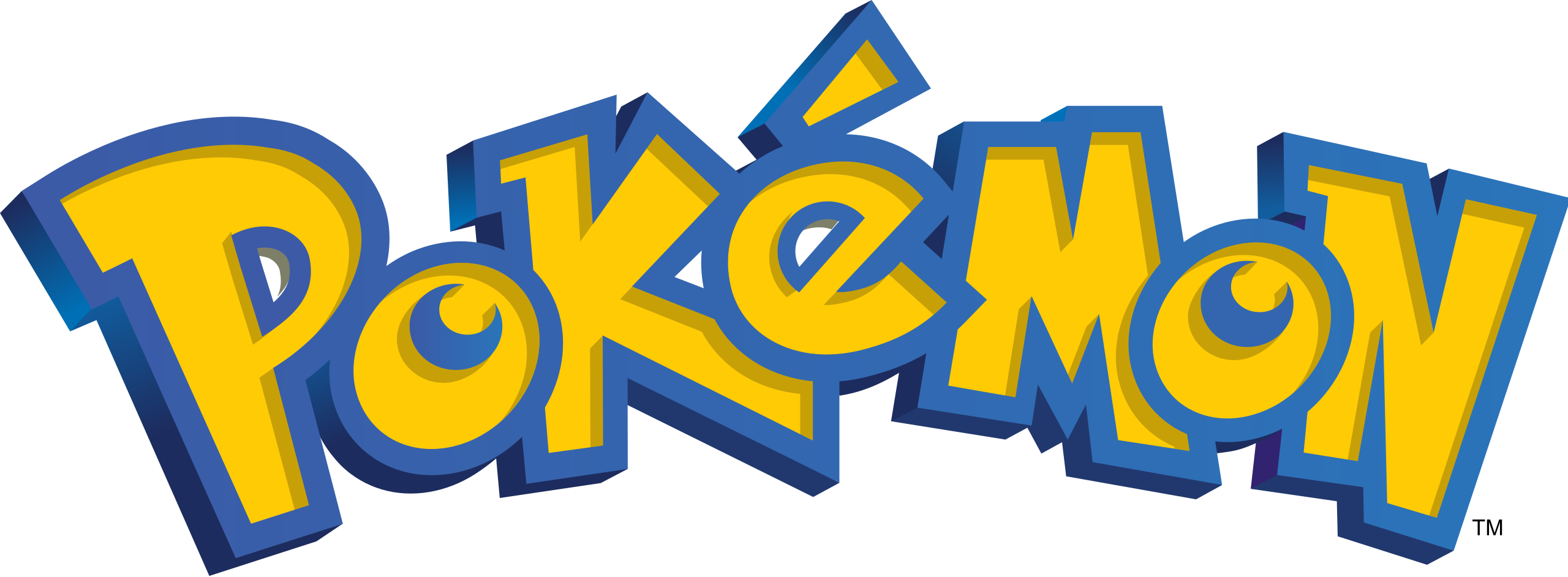- Pokémon Essentials Version
- Non-applicable
Unfortunately, this tutorial has kind of broken due to all of the images no longer being present on the site.
I may have to do a re-write of this in the future.
I may have to do a re-write of this in the future.
(Apologies if I did a poor job explaining, this is the first tutorial resource I've made!)
While we're in the age that isn't bound to the same restrictions that the older consoles had, I'm a sucker for having things be authentic towards the original source material. Some may remember that older games actually used downscaled art or logos rather than proper pixel art, which can be common for games that were ported to many systems (like Puyo POP), or just simply a downscaled logo like we see in games such as Pokémon most of the time (for things like title screens!).
The question we'd essentially be asking is...
How do we turn this:

Into something like this?


Into something like this?
Disclaimer: For this tutorial, we'd be using Aseprite. Other programs may be able to do this as well, but this is really the most comfortable program for me. It has some convenient features such as being able to quickly make a palette out of what's given to it, which is what will be used in this tutorial.
While I could use some art for this, I'll be using a logo for the game I'm developing instead. Art is a different story to this that I'll explain after I cover the basics.
(Also, just a side note, RotSprite is meant more for rotating sprites in Aseprite. It'd most likely be identical to nearest neighbor.)
Now, you should have something like this, which means it's time for step 4:

Step 4: Indexing your logo is quite simple. Navigate back to the Sprite tab again, and hover over Color Mode. You'll see 3 options presented to you; out of the three, select Indexed.woa look at that you dun did it :D
You don't have to make a palette just from the image alone as well. Have a specific palette made for your game? Put it into Aseprite and index it like that!
Game art on the other hand is a slightly different story.
While logos are simple to convert, game art is a bit weird. As much fun as it is to have it be crusty, it really is quite jarring to see something like this:
https://Discord images aren't allowed to be linked.828780934039863346/1105909461731790950/image.png?width=773&height=607
For context, on the left is the official sprite for Amitie in Puyo POP Fever (DS). On the right is a downscaled version of the official art made using this method. There's an obvious difference in quality. While it's unknown as to how SEGA pulled it off, it's safe to assume that there's a lot of cleanup involved when doing something like this.When downscaling game art, remember to clean it up and make it more accurate to the original art at hand. It's best not to be lazy with it or else you'd get something truly crusty to look at.
Hopefully this helped a lot! There's not much else I can add to this topic, or at least not much that I know of.
- Credits
- There's no credits necessary for this thread, as anyone can do it.
As for the respective properties:
- The Pokémon logo belongs to The Pokémon Company.
- Pokémon!! Bravery is a fan work in development by me, FrivolousAqua. Please don't use it for your own purposes without asking.
- Amitie is a character from Puyo Puyo, which belongs to SEGA.

